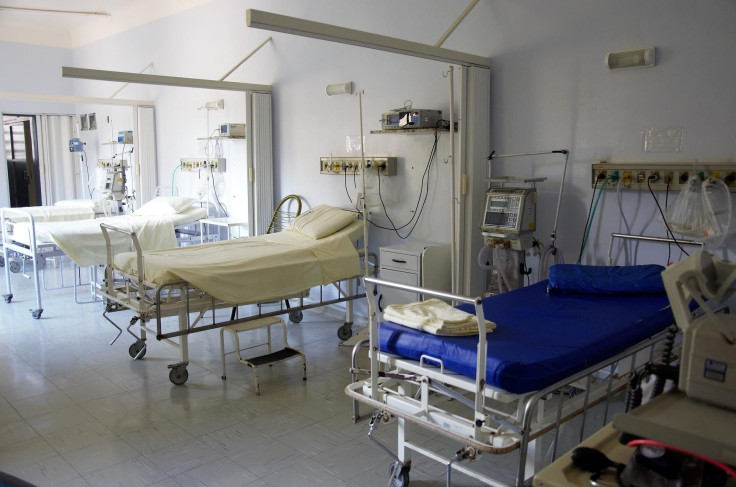
Californians who experienced forced sterilization through California-run state institutions have a little less than two months left to apply for compensation, as the period to do so expires December 31, 2023. People can apply through the California Victim Compensation Board website.
In 2003, the state of California officially apologized for its eugenic sterilization program, which ran between 1909 and 1979 and disproportionally affected Latinos. The message came from then-Governor Gray Davis, Attorney General Bill Lockyer, and a resolution passed by the State Senate expressing profound regret. Then, in 2021, the State Legislature passed Assembly Bill AB 137, creating the California Forced or Involuntary Sterilization Compensation Program, which, in addition to allocating $4.5 million for compensation, ordered the creation of memorial plaques.
Those whose applications are approved will receive an initial payment of $15,000 and then an additional payment of $20,000, which will be processed and sent to all eligible claimants no later than October 1, 2024.
Survivors of sterilization in state-run facilities qualify for compensation if they satisfy these conditions:
- Sterilization happened between 1909 and 1979
- They were sterilized while at a state hospital, home, or institution
- The facility was run by The California Department of State Hospitals or The California Department of Developmental Services
- The victim was alive as of July 1, 2021
Survivors of sterilization in prison qualify if they satisfy the following conditions:
- Sterilization happened after 1979
- They were sterilized while in a state prison or correctional facility
- The facility was run by the California Department of Corrections and Rehabilitation
- Sterilization was not required for emergency life-saving medical reasons
- Sterilization was not due to a chemical sterilization program for convicted sex offenders
- Sterilization was for birth control purposes
- They were sterilized under one of the following conditions—without consent, with consent given less than 30 days before sterilization, with consent given without counseling or consultation, or with no record or documentation of giving consent
How many applications have been approved?
According to the California Reparations Report, released on June 29, 2023, as of December 20, 2022, the program had received 309 applications, denied 102 and approved 45, while 159 were still being processed. According to the report, experts estimate that there may be about 600 people alive today who qualify for compensation.
How Latin Americans were disproportionately affected
According to the Reparations Report, California's eugenic sterilization program began in 1909 with the passage of Chapter 720 of the Statutes of 1909 and 1917, which authorized medical superintendents in state homes and state hospitals to perform "asexualization" on patients. This allowed medical personnel in California institutions to sterilize men and women who they identified as "affected with mental disease which may have been inherited and is likely to be transmitted to descendants, the various grades of feeblemindedness, those suffering from perversion or marked departures from normal mentality or from disease of a syphilitic nature."
The report states that although many people did consent to these sterilizations, they were often a condition of release from commitment. It adds that even though the law did not target specific racial or ethnic groups, in practice, "labels of 'mental deficiency' and 'feeblemindedness' were applied disproportionately to racial and ethnic minorities.
The groups most affected were women, girls, and specifically Latin American men and women: concretely, women and girls were 14% more likely to be sterilized than men and boys. Male Latinos were 23% more likely to be sterilized than non-Latino males, and female Latinas were 59% more likely to be sterilized than non-Latina female patients.
© 2025 Latin Times. All rights reserved. Do not reproduce without permission.





